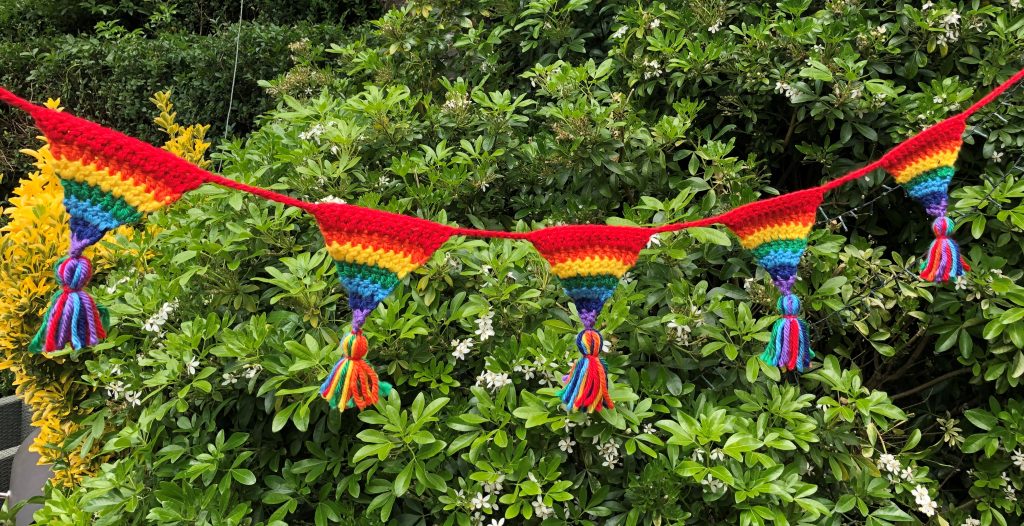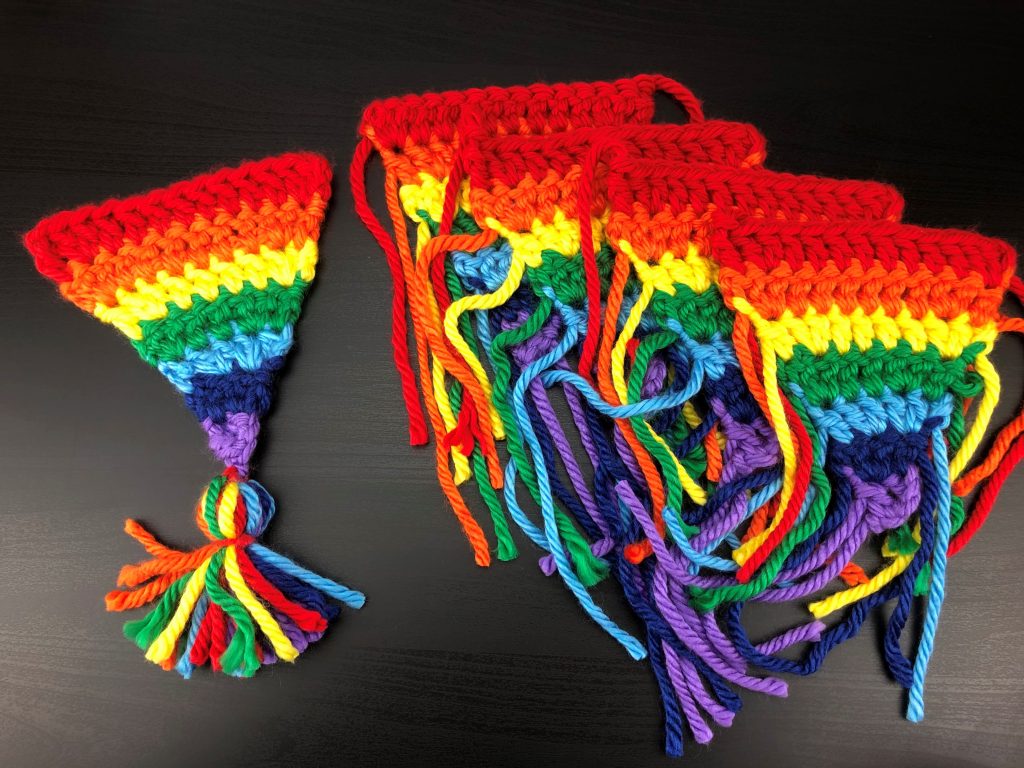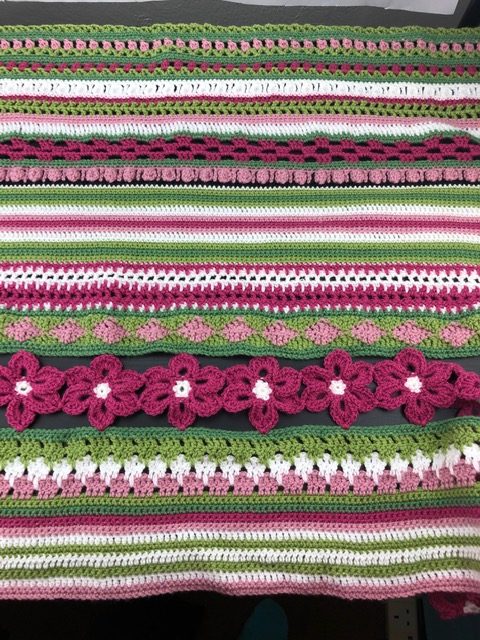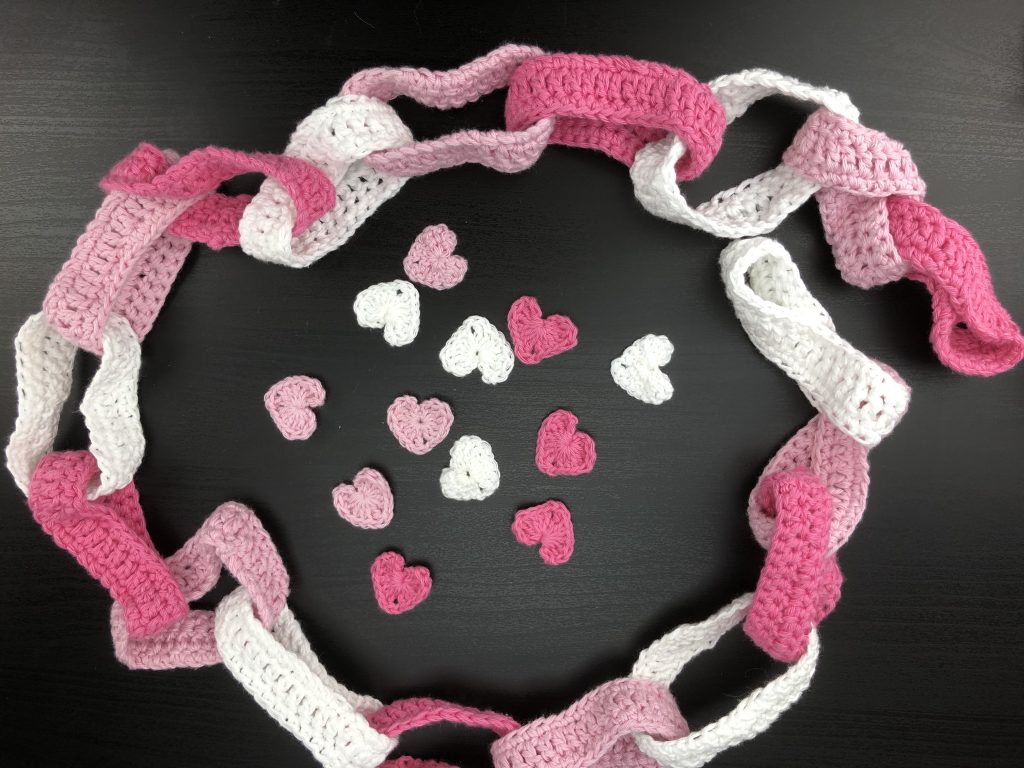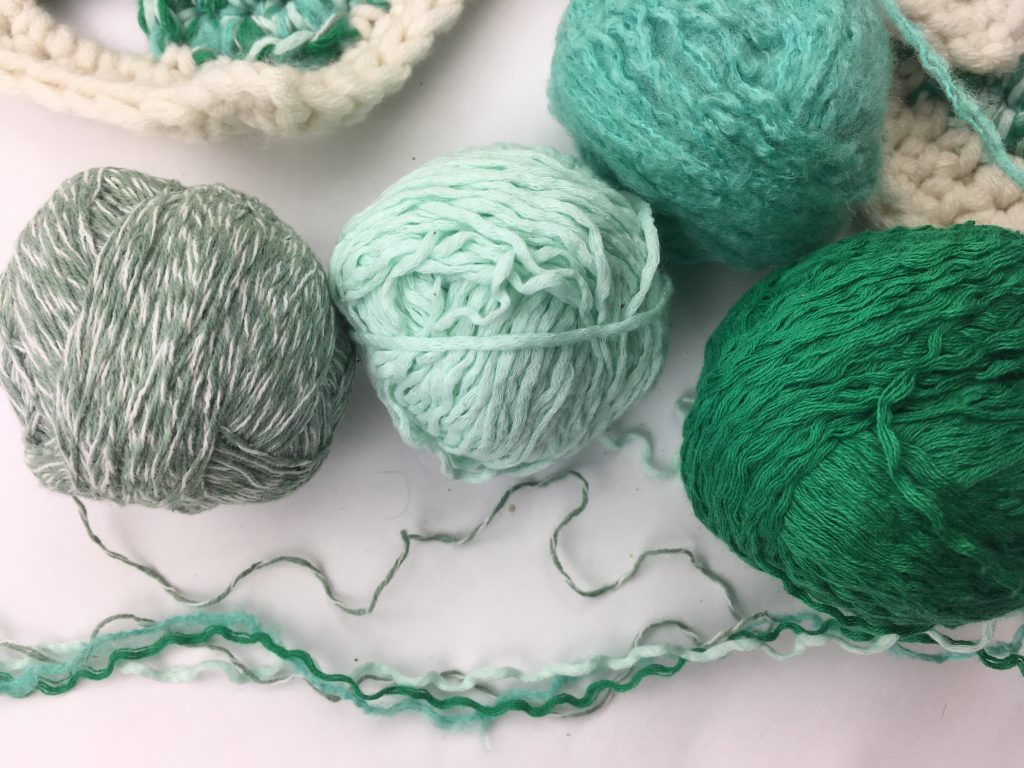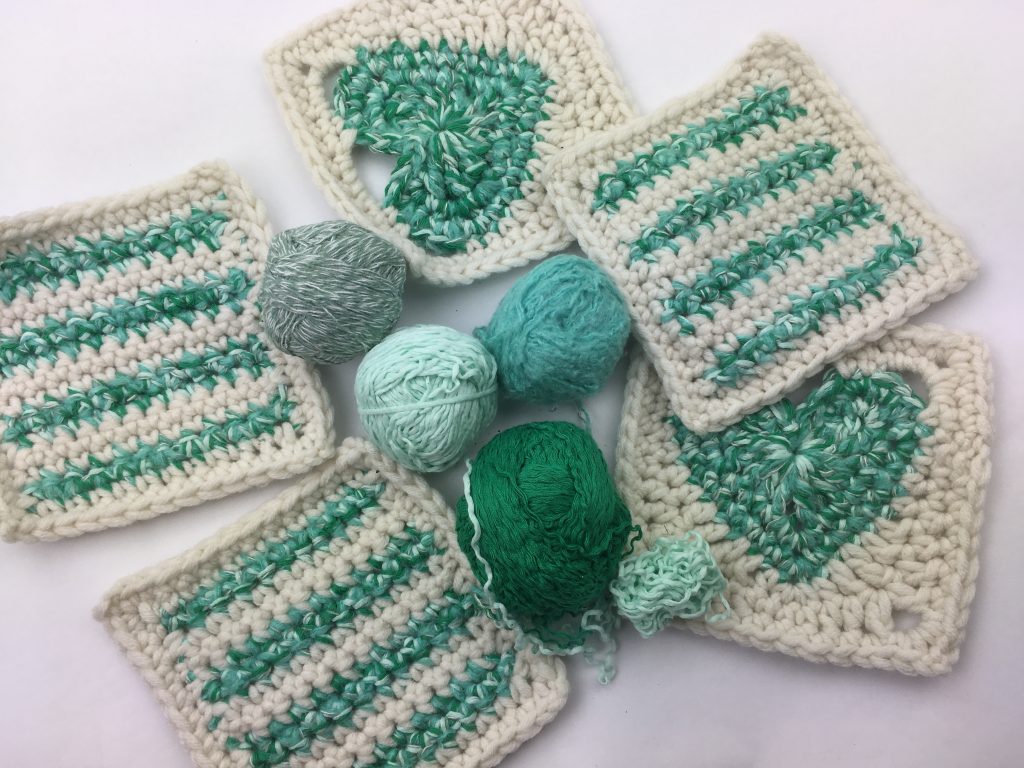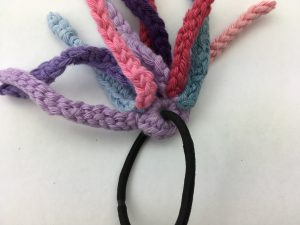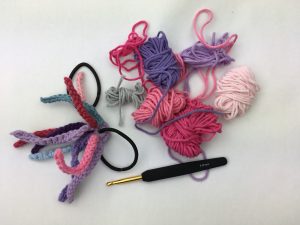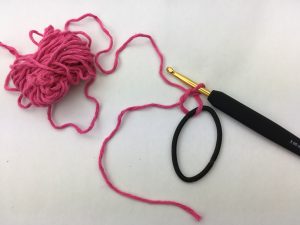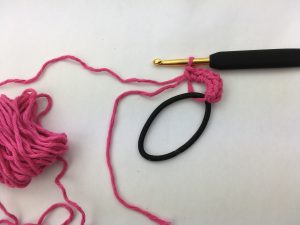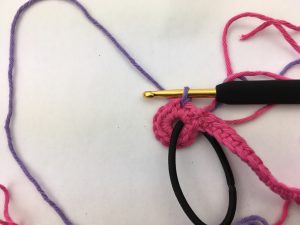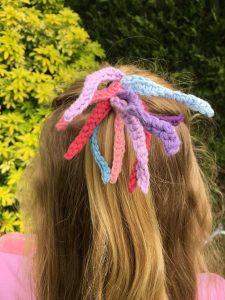Everyone’s lives have changed in the last few months, beyond recognition. I used to spend five hours a day commuting to a job in the city. I love my job but I didn’t love the commute. The train would be crammed with folks in office wear, lots of shirts and ties. My hubby retired some time ago and I have a collection of old shirts and ties in my stash – waiting on inspiration! Inspiration has come – in the form of face masks. Recycled ties make great face masks!
We have been told in the UK that masks are compulsory now on public transport and in shops.
There are lots of patterns available on Pinterest and tutorials showing you how to make your masks. Most of the patterns are for pleated masks or fitted masks. This link will take you to the best patterns I found which were over at craftpassion.
I wanted to make comfy masks with a pretty pattern on one side and cotton fabric for comfort on the side in contact with the face. You see where the inspiration came from. I looked at the ties in my stash. Mostly made from patterned silk or synthetic fabric, they are perfect for the outer layer. Most of the old shirts I have are made of cotton which is ideal for the inner layer – happy days.
Recycle your fabric
The shirts were mainly put on the recycle pile when the collar fabric started to show wear. The ties show wear at the sections in the knot just below the chin where they come into contact with stubble!! This means that there is a lot of perfectly viable fabric in both the shirts and the ties. 🙂
Recycle tie fabric
First job was to recycle the tie fabric – I expected this to be harder than it was! Ties, as it turns out, are not held together by very much! However, there are probably many different constructions out there. If you are buying from a charity shop or thrift store do check the back to make sure you are not buying one with a more difficult construction. The description below relates to the type of tie I was dealing with.
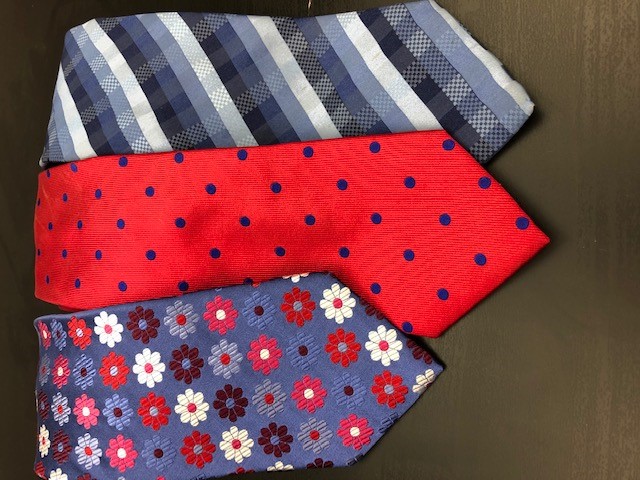
Carefully unpick the back seam. There is lining at both ends of the tie. However, there is no point in doing additional work to remove seams and lining if you can just cut them off. I didn’t want to cut too early and risk the fabric fraying so I chose to leave these lined sections as they were at this stage. At the centre of the tie, running the full length, there is a piece of interfacing. However, the interfacing is not attached to the fabric of the tie. This makes it very simple to remove.
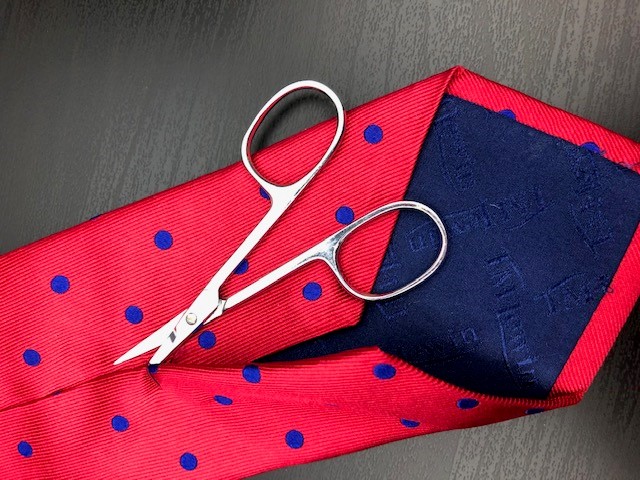
You can see below I ended up with three pieces of beautiful fabric from my ties. Each piece is large enough to make the front of two masks, one of each type. In the picture below you can see how the pattern pieces look laid out on the fabric.
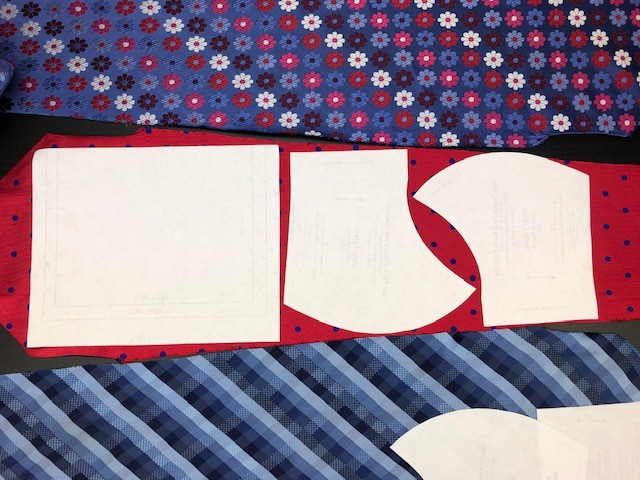
Note – if you need to wash your masks on a high temperature then tie fabric might not be suitable. If this is the case I would suggest using two pieces of shirt fabric of different colours/patterns.
Recycle shirt fabric
When it comes to recycling the shirts I recommend salvaging the reusable elements first. Buttons always come in handy and I usually keep these on the band rather than picking them off the fabric. It is possible that you will be able to use the band of buttons and button holes as they are which saves you a lot of work!! Cuffs and collars can be retained whole as well although I normally find that those are the areas that show wear so are not usable.
Again – there is no real benefit to unpicking all the seams of the shirt. Unpicking takes a lot of time and does not normally result in a bigger usable piece of fabric. Simply cut the seams away to give flat sections of fabric. You will also need to cut along any darts. Always press the fabric before you use it unless it is lying perfectly flat.
The other element of these face masks is elastic or ties. There are many recycling options for these.
- use elastic recovered from other recycled garments
- cut old t-shirt fabric on the bias/diagonally to give a stretchy strip
- use stockings or tights
- use bias tape recycled from other garments to make ties
Here is a picture of my work. How do you like my recycled ties and shirt masks? I hope you will agree that they are a great way to make something useful from garments that would otherwise have been thrown away. Recycled ties make great face masks! If you like recycling you can read some of my yarn recycling tips here.
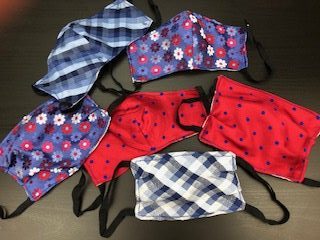
I really hope we don’t have to wear these masks for long but I suspect we will be getting quite a lot of use out of them the way things are. Good luck everyone and stay safe!
Annie. 🙂
